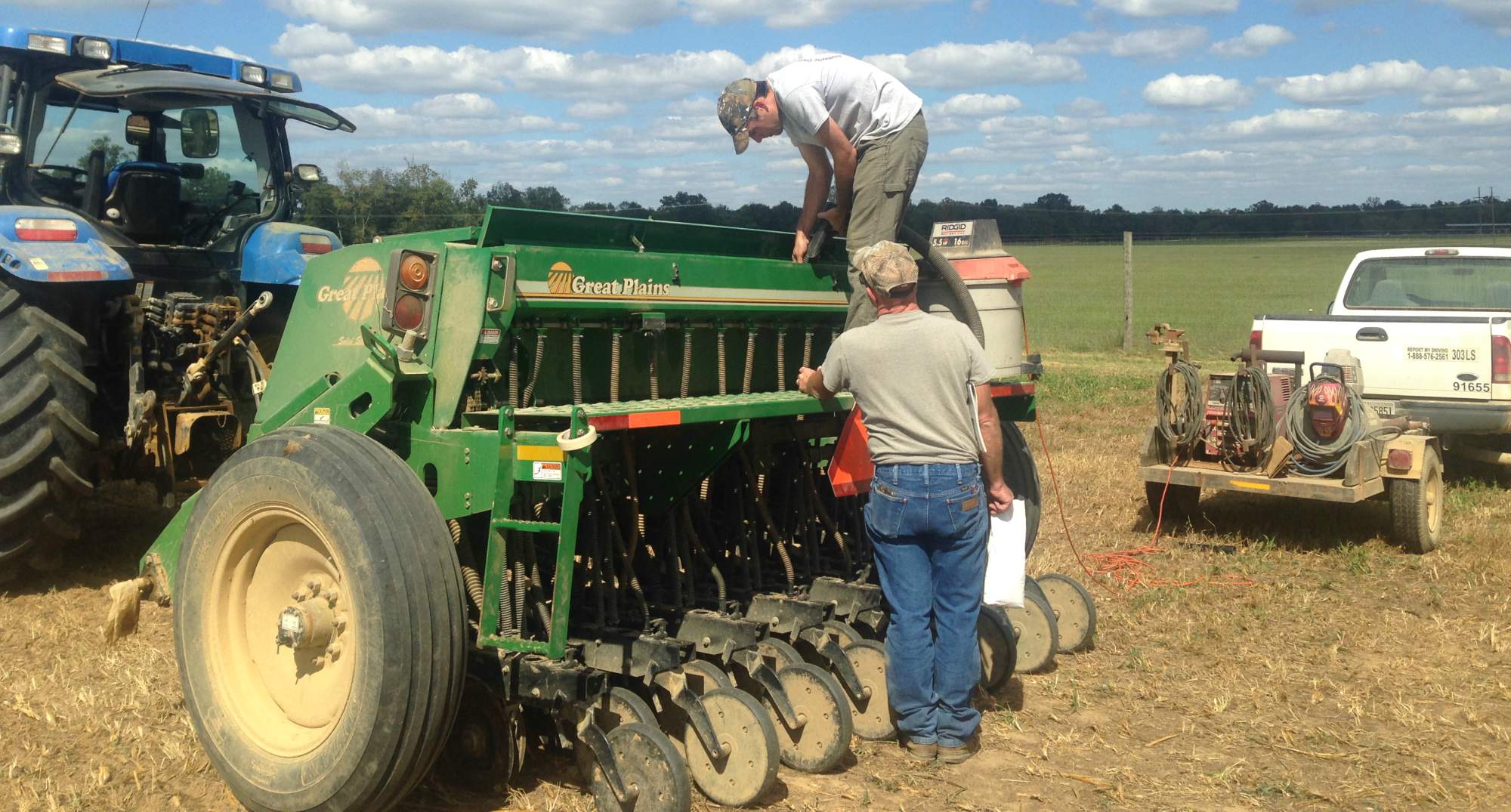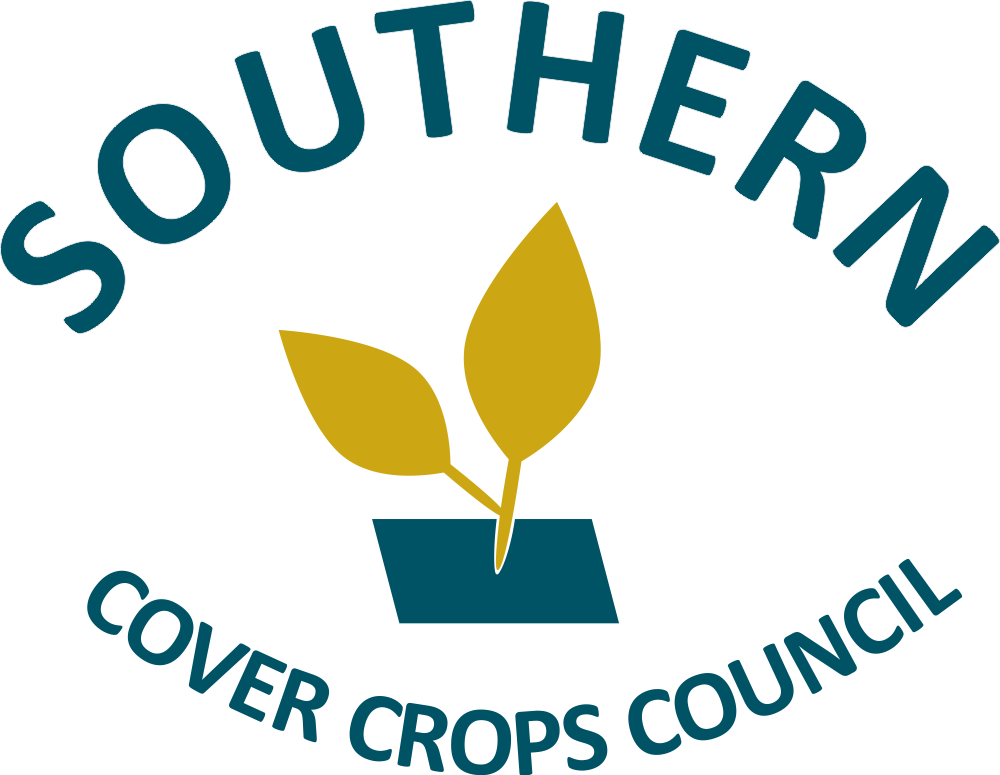Planting Cover Crops in Pastures
For overseeding into a pasture, a no-till drill with cutting coulter for penetrating the sod is required. Before planting, drills should be checked to make certain that are working properly. Be sure to clean the tubes! Spiders love to make webs inside these and it can be very disappointing to see a pasture with skipped rows due to plugged tubes.
Blow the tubes clean with an air compressor and run a wire through to make sure they are clear.
Next calibrate your drill to ensure the proper seeding rate and planting depth of seeds. This can also save you money by using the right seeding rate. The manufacturers recommendations for drill settings are a good start, but because seed size varies, actually calibrating the drill is important. Good references for how to calibrate a drill are in additional resources below.
If you are planting into a prepared seedbed, seed can be placed more precisely with a drill or cultipacker seeder than by broadcasting and disking. If you have to broadcast and disk, increase the seeding rate by 25 to 30%. This helps account for seeds that are not at the proper seeding depth.
Broadcast seeding into established sod is riskier than drilling. It should only be used when planting annual ryegrass or crimson clover. The pasture should be either mowed or grazed to 2 inches before broadcasting. Broadcasting before a rain can also increase success. Many producers pull a drag harrow over the pasture after broadcasting to improve seed/soil contact.
In the Mountains and upper Piedmont, red or white clover can be frost seeded into thin or damaged fescue stands with some success. The risk is a dry spring will prevent good establishment. This method relies in the freeze-thaw cycle during winter (January-February) to put the seed in contact with soil after broadcasting.

Additional Resources
- Calibrating No-Till and Conventional Drills
- Calibrating Drills and Broadcast Planters for Small Seeded Forages
- Calibrating Forage Seeding Equipment
Contributors:
Dr. Matias Aguerre, Assistant Professor, Clemson University; Dr. Lisa Baxter, Assistant Professor and Forage Extension Specialist, University of Georgia; Philip Brown, Grazinglands Specialist, Georgia Natural Resource Conservation Service, Julia Gaskin, Sustainable Agriculture Coordinator – retired, University of Georgia
